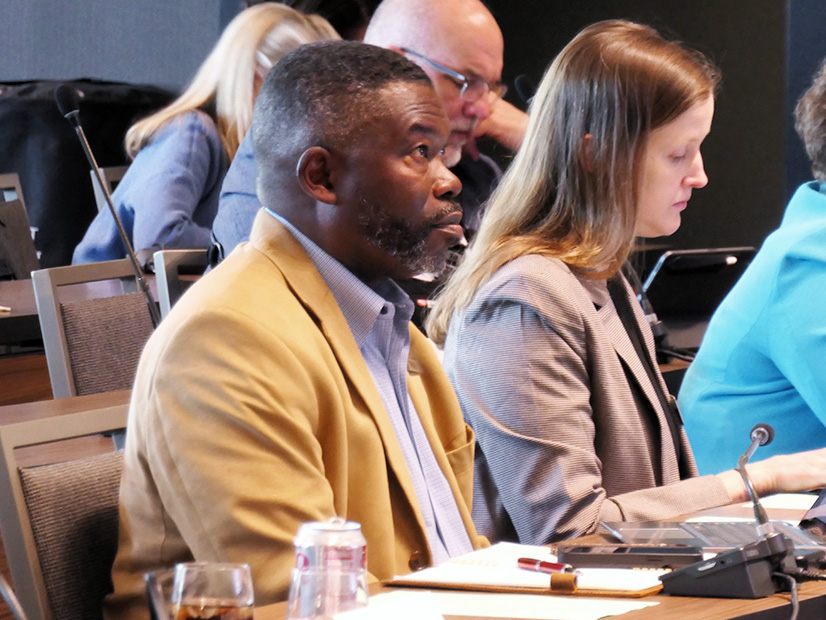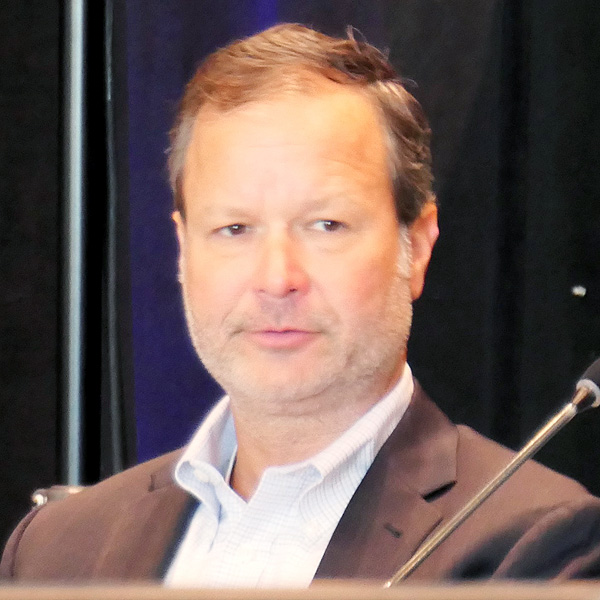FERC has declined to act on a petition that accused Arizona’s Salt River Project of setting rates that discriminate against customers with rooftop solar (EL24-54).
The petitioners had asked FERC to initiate an enforcement action against SRP under the Public Utilities Regulatory Policies Act. But in a notice of intent not to act issued March 21 at its monthly open meeting, FERC declined to do so.
The petition was filed Jan. 12 by two SRP rooftop solar customers, Karen Schedler and Jeremy Helms, and the nonprofit advocacy group Vote Solar. An amended petition filed Jan. 22 added Solar United Neighbors as a petitioner.
The petition alleged SRP’s rate plans discriminate against rooftop solar customers through a higher fixed monthly charge for solar customers and more advantageous peak periods for non-solar customers. (See Petition Seeks PURPA Protections for Rooftop Solar.)
Non-solar customers have a three-hour peak period. The time-of-use plan offered to solar customers has a longer peak period that varies by season: 2 to 8 p.m. in the summer, and 5 to 9 a.m. plus 5 to 9 p.m. during the winter, according to the petition.
But SRP said in a motion to dismiss that its retail rates for rooftop solar customers are just and reasonable “and fully consistent with PURPA’s costing principles.”
SRP, along with intervening parties including the National Association of Regulatory Utility Commissioners, also claimed that the issue of SRP’s retail rates is not within FERC’s jurisdiction.
“Petitioners challenge SRP’s rate design as applied to retail customers with rooftop solar PV panels located behind the meter,” NARUC wrote in a filing. “Such challenges to retail rates are subject to exclusive state jurisdiction.”
NARUC also said the petition offered no evidence the retail customers’ rooftop solar is a “qualifying facility” under PURPA.
PURPA was enacted in 1978 to encourage development of small power producers and co-generators and to reduce fossil fuel demand.
In concurring statements accompanying FERC’s order, Commissioners Allison Clements and Mark Christie expressed differing opinions on the issue of FERC’s jurisdiction.
Christie said he was persuaded by the arguments from SRP, NARUC and other intervenors that the issues in the petition should be addressed at the state rather than federal level.
But Clements said the mere fact that residential rooftop solar customers are making the claim does not make it a state issue.
“While states and relevant non-jurisdictional entities such as SRP have retail rate authority, PURPA provides for federal jurisdiction over a utility or retail authority’s implementation of PURPA’s obligation to purchase from and sell to qualifying facilities,” Clements wrote. “Further, it is clear that behind-the-meter rooftop solar arrays owned or leased by residential customers can be qualifying facilities.”
FERC’s decision means the petitioners may bring an enforcement action against SRP “in the appropriate court,” the commission said.
David Bender, an Earthjustice attorney representing Vote Solar, said he had expected the commission’s decision to not bring an enforcement action. Bender said he was aware of FERC bringing enforcement actions only a couple of times in the 46 years since PURPA was enacted.
“We filed our petition because it is a prerequisite to bringing our own enforcement action in federal court, which we will proceed to now do,” Bender said in an email to RTO Insider.
An SRP spokeswoman said the company was pleased with FERC’s decision, noting the utility’s position was supported by the American Public Power Association and the Large Public Power Coalition, in addition to NARUC.
“SRP offers multiple rooftop solar rate options to customers that are just, reasonable and fair and prevent cost shifts from the class of customers who have chosen to put rooftop solar on their homes to the class of customers without rooftop solar,” the spokesperson said.

